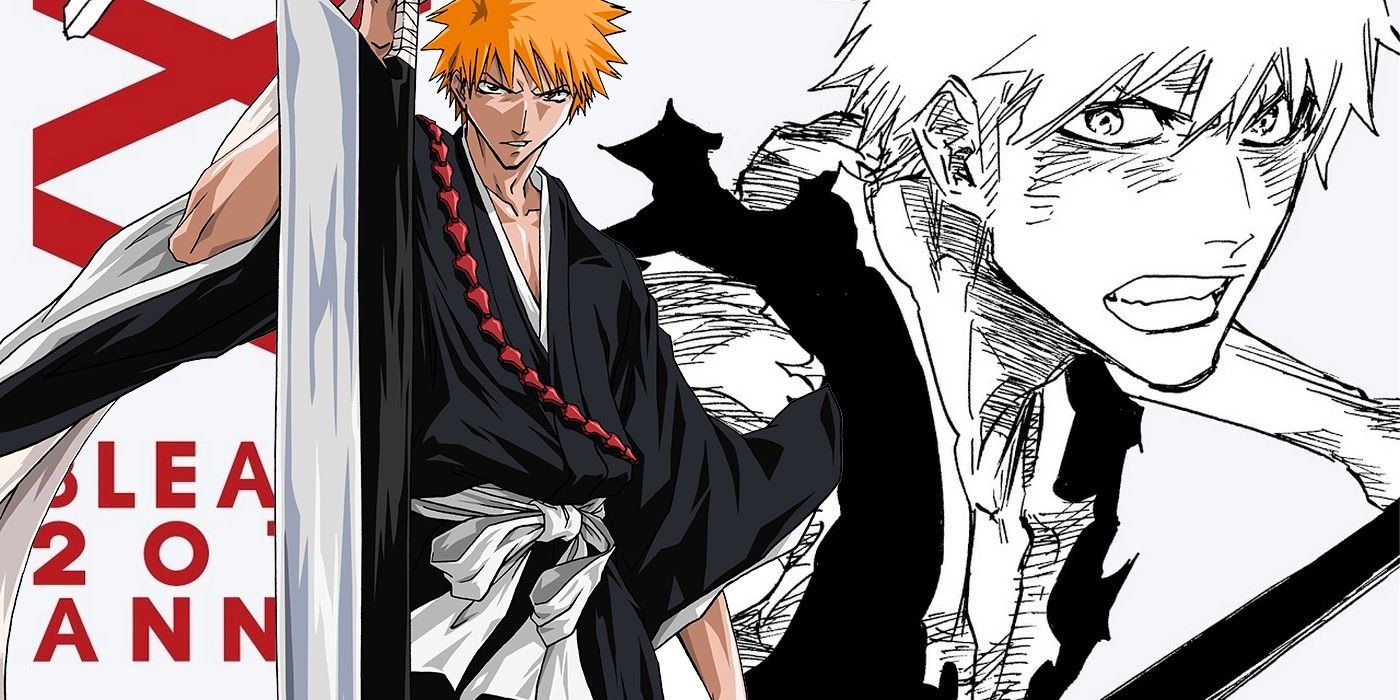

The Bleach anime series adapts Kubo's manga but also introduces several original, self-contained story arcs. In March 2020, it was announced that the manga's final story arc, "Thousand-Year Blood War", would receive an anime adaptation. The series' international release extends through dozens of countries in several languages, such as Spanish, French, German, Brazilian Portuguese and Tagalog. Bleach was broadcast in the United States on Adult Swim from September 2006 to November 2014. Viz Media obtained foreign television and home video distribution rights to the Bleach anime in March 2006. The anime adaptation includes original storylines not found in the manga with repeated appearances and stories containing these original characters. His newfound powers force him to take on the duties of defending humans from evil spirits and guiding departed souls to the afterlife. The story follows the adventures of Ichigo Kurosaki after he obtains the powers of a Soul Reaper-a death personification similar to the Grim Reaper-from another Soul Reaper, Rukia Kuchiki.
#Bleach anime manga free online tv#
The series aired on TV Tokyo from October 2004 to March 2012, spanning 366 episodes. It was produced by Studio Pierrot and directed by Noriyuki Abe. In Bleach, white is the enemy of the Soul Reapers, though the title is more benign about it.Bleach (stylized as BLEACH) is a Japanese anime television series based on Tite Kubo's manga of the same name. No doubt Sosuke Aizen did this on purpose, and it matches the bone-white masks that all Hollows have. The Arrancars, or unmasked Hollows, were all given white uniforms with black detailing, the clear inverse of Soul Reaper uniforms' black with white detailing. This visual theme was expanded upon with the white uniforms of the Wandenreich, the hidden Quincy empire. The Quincy spite their Soul Reaper rivals in a visual sense, bleaching the Soul Reapers' color scheme white to create something new and distinct. The Quincy tribe, for example, sets itself apart from the Soul Reapers with militaristic pure-white clothing. In this series, it's surprisingly the villains who get to be all-white. The concept of "black vs white" inspired not only the title of Bleach and the robes of Soul Reapers, but also the Soul Reapers' enemies. RELATED: Bleach: The 5 Biggest Plot Twists of the Thousand-Year Blood War Arc The first title he came up with was Black, but as he explained in an interview, he felt that it was too simple a title, as was the inversion,"White." So, Kubo changed "White" to Bleach, referring to how he "bleached" the black clothes of the Reapers to give his new shonen manga an unexpected name.

Rukia was designed before anything else for Bleach and was made to look like a classic shinigami, dressed in simple, yet distinct, black kimono and weilding a katana. Rukia came to embody the aesthetic Tite Kubo wanted, and he named the entire series after it. It was Rukia, and her appearance is significant. Instead of basing the core of Bleach on the hero, Ichigo Kurosaki, Tite Kubo put the aesthetic first - Ichigo wasn't even the first character created for the manga. As Tite Kubo revealed in interviews, Bleach was inspired by traditional Japanese death gods, or shinigami, that wore black robes and collected souls.


 0 kommentar(er)
0 kommentar(er)
